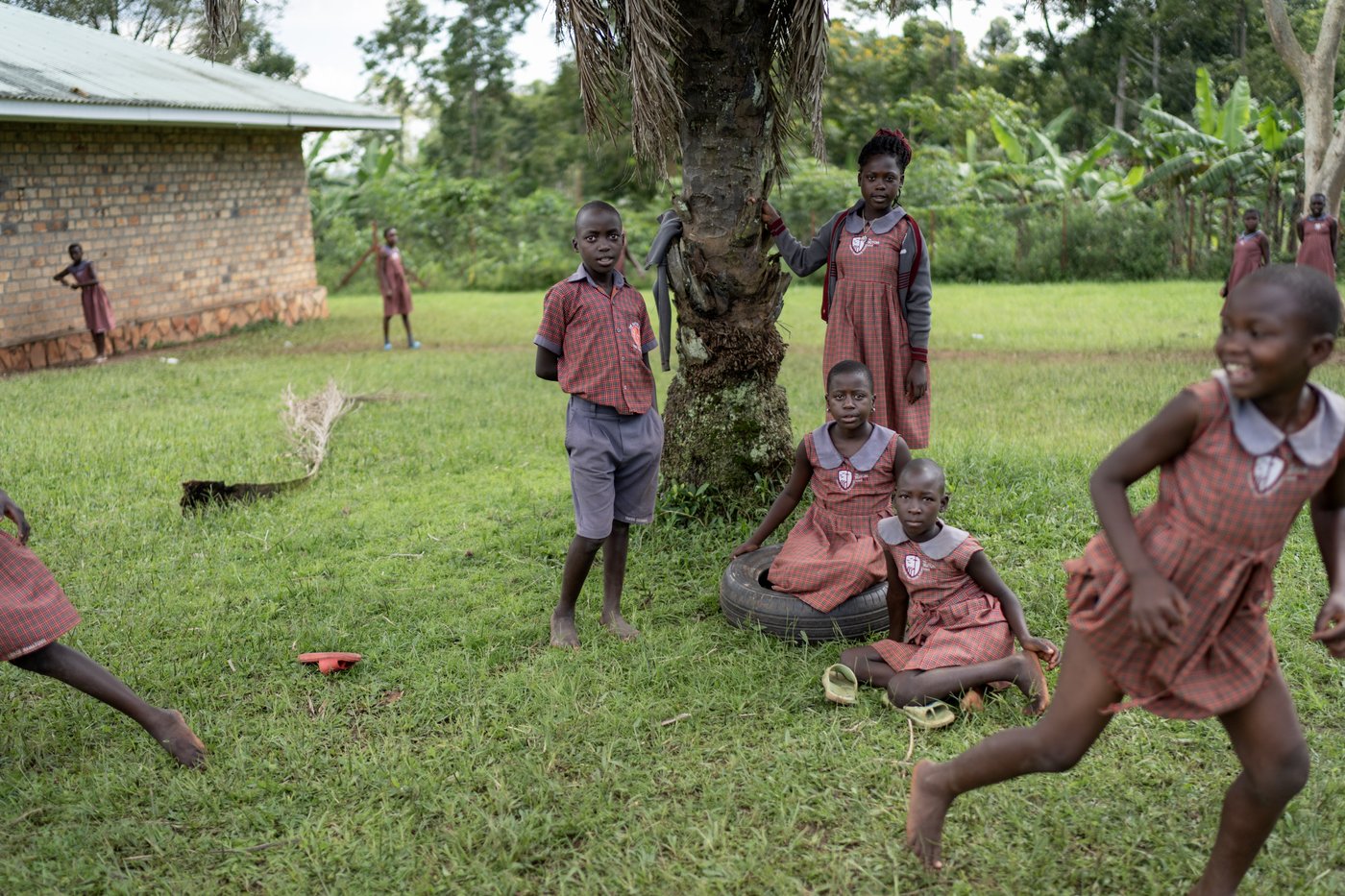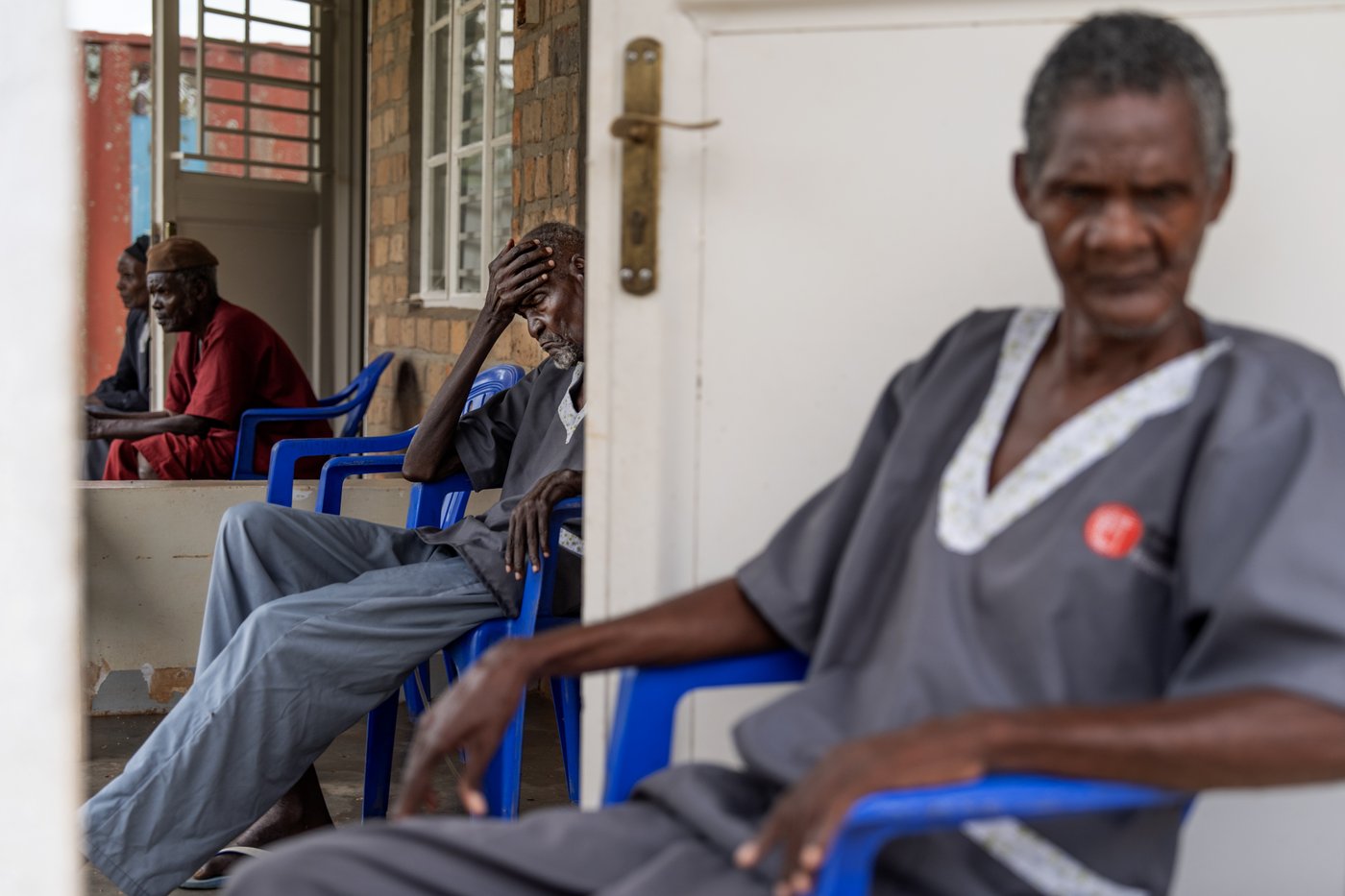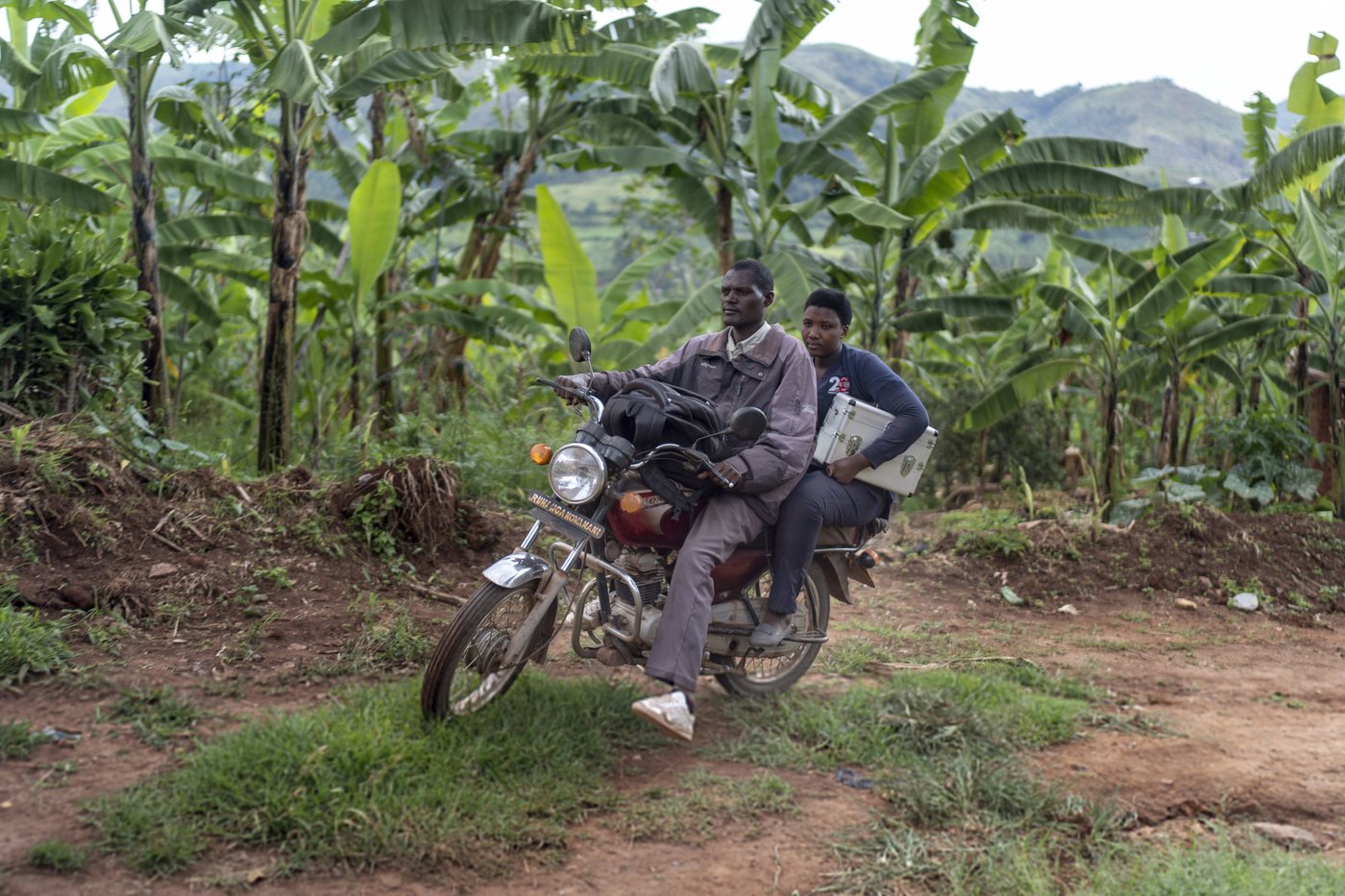Elevate your local knowledge
Sign up for the iNFOnews newsletter today!
Sign up for the iNFOnews newsletter today!
Selecting your primary region ensures you get the stories that matter to you first.

MAGOGO, Uganda (AP) — A boy scales the trunk of a jackfruit tree, pawing at his prize, yellow and swollen. Down the road, another child runs beside a bicycle tire with a stick, a phalanx of kids chasing along. Sunlight shines on the young all through this country’s villages and cities, strapped to the backs of their mothers, singing in schoolyards, sailing across soccer fields.
Meanwhile, in the shadows, in crumbling houses and dim mud huts, a new population of the old blossoms.
Across Africa, young and old are divided in their visibility as resources gush toward children and many elderly are left behind. But the fates of old and young are intertwined.
“Both of them are suffering,” says Dr. Emmanuel Mugerwa, who planned to become a pediatrician before switching to geriatric care at a clinic run by Reach One Touch One. “Both of them don’t have a lot of things that they need.”
Africa is home to the world’s youngest population, filled with countries like Uganda, where a staggering half of its people are under 18 years old. While the continent’s population of older people is a tiny minority, it is fast growing. Together, these bookended age groups share much in common.
Children and people 75 and older have the highest poverty rate, according to Uganda government statistics, and they often live together. Among households with older people, an estimated one in six are “skipped generation,” with grandparents and grandchildren.
At a campus operated by ROTOM, a school is just across from a home where a dozen seniors are tended to by a single caregiver. Uniformed children pray the “Our Father” in an open-air hall on the other side of a wall from an older woman who arrived here with bruises all over that staffers say came from a daughter who beat her with a stick.
It is the final day of school before a holiday break, and two girls in pale red jumpers with periwinkle collars leave campus just as shoeless children begin kicking a ball across a damp field. The girls exit the property’s gate, walking past a boy whose cheeks are wet with tears, then up a dirt road lined with corn stalks and banana trees. On the periphery, goats graze, ducks and roosters wander and a tower of mud bricks bakes in the sun.
The girls pass chickens pecking at trash, shopkeepers sweeping their landings, men playing a dice game, and a pile of burning trash sending an acrid plume to the skies, before arriving home. In a sign of respect, they kneel before the woman who cares for them, 94-year-old Rose Liru.
The girls – 11-year-old Brenda Mungulu, Liru’s grandniece, and 9-year-old Parvin Nakawesi, her great-granddaughter – have been left by parents who no longer can care for them. They quickly change into after-school clothes and get started on their chores.
Liru says she doesn’t have the energy to mother the girls and acknowledges the twin realities of their presence: They are both a burden and a gift. She feels all the weight of being responsible for them while knowing they are also helpful around the house.
She wonders how much longer she will live and what will happen to the girls when she’s gone. For now, she is all they have in this world and will do her best for them.
“I protect them. I defend them,” she says, noting elders like her often fill in for children and grandchildren. “Old people, we are the ones who hold families together. We are the ones who pray for you. We are the ones who do good. We are the ones who are next to God.”
In houses where old and young live side by side, elders often struggled to sustain themselves even before they found themselves with another mouth to feed and school tuition to pay. A majority of older Ugandans are illiterate and, among the very oldest, the rate is staggering, with more than eight in 10 people 85 and older unable to read or write. Though school is not free here, it is a point of pride for elders to educate their young.
Felista Kemitaare, whose home is off a steep rocky path before a panorama of lush hills, is one such woman. At 78, she has been thrust back into parenthood, caring for an 11-year-old granddaughter. She rarely has enough food and, of the little bit she is able to grow, she must sell some to help pay for her granddaughter’s tuition.
Today, a ROTOM field nurse, Winnie Katwesigye, has arrived to check on Kemitaare, who sits below a poster of the late Pope Francis, the light from the doorway shining on her face. Her beans are not growing well and her aches and pains are getting worse.
“I have no choice,” she says, “but to be a strong woman.”
She grabs a walking stick in her right hand and heads barefoot up the steep hill to her garden, where she takes a hoe, swatting at the earth. It is too early to harvest, but she is desperate, so she begins pulling anemic potatoes from the ground, some as small as shooter marbles, some about the size of a small plum, tossing them in a green plastic dish. She lifts her torso slowly and walks back down the hill taking tentative steps.
Norah Makubuya, a ROTOM project manager, says she tries to teach adult children in the community just how difficult it is for those forced to become parents again in old age.
“Their burden,” she says of the adult children, “becomes their parents’ burden.”
___
Matt Sedensky can be reached at msedensky@ap.org and https://x.com/sedensky




This site is protected by reCAPTCHA and the Google Privacy Policy and Terms of Service apply.
Want to share your thoughts, add context, or connect with others in your community?
You must be logged in to post a comment.